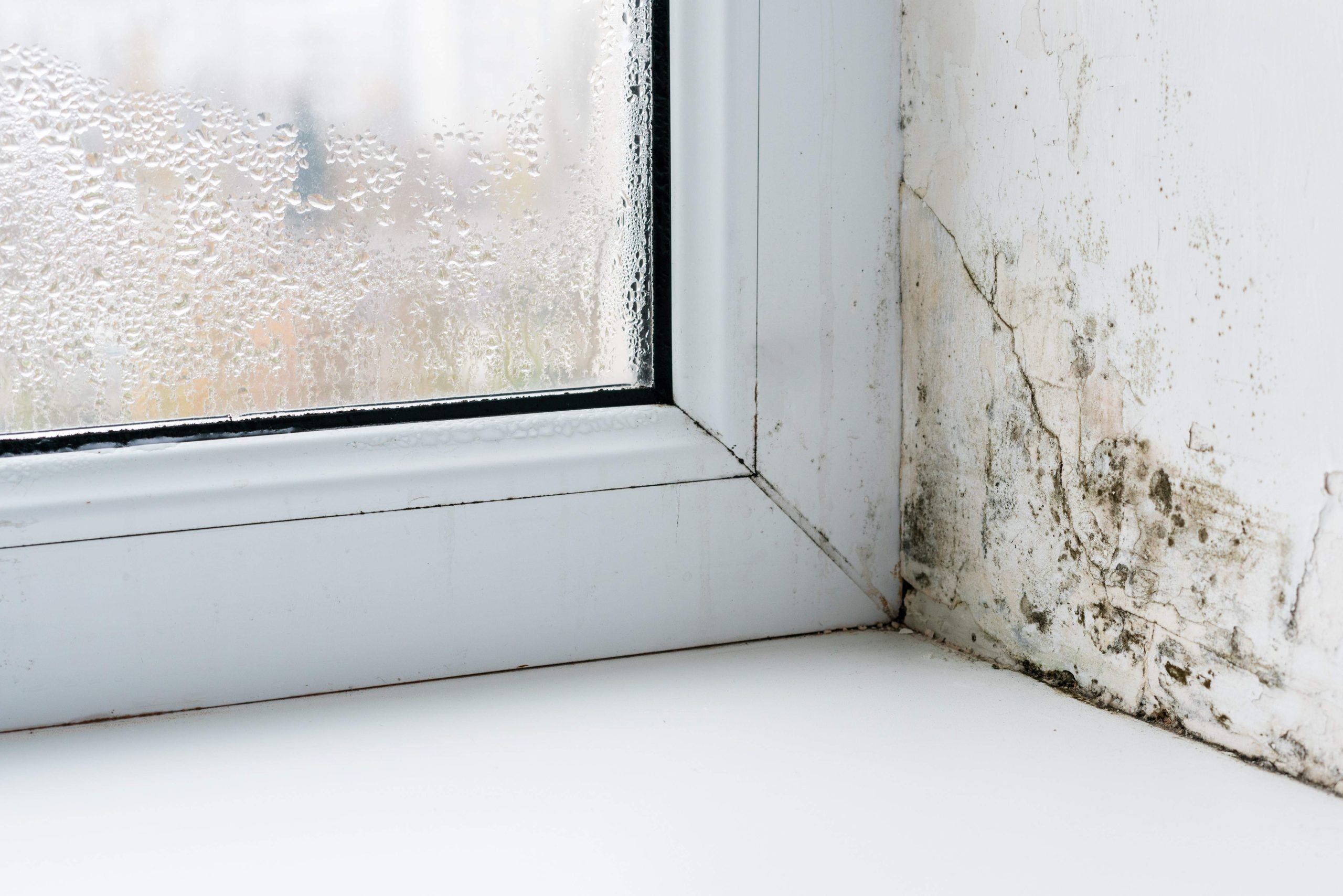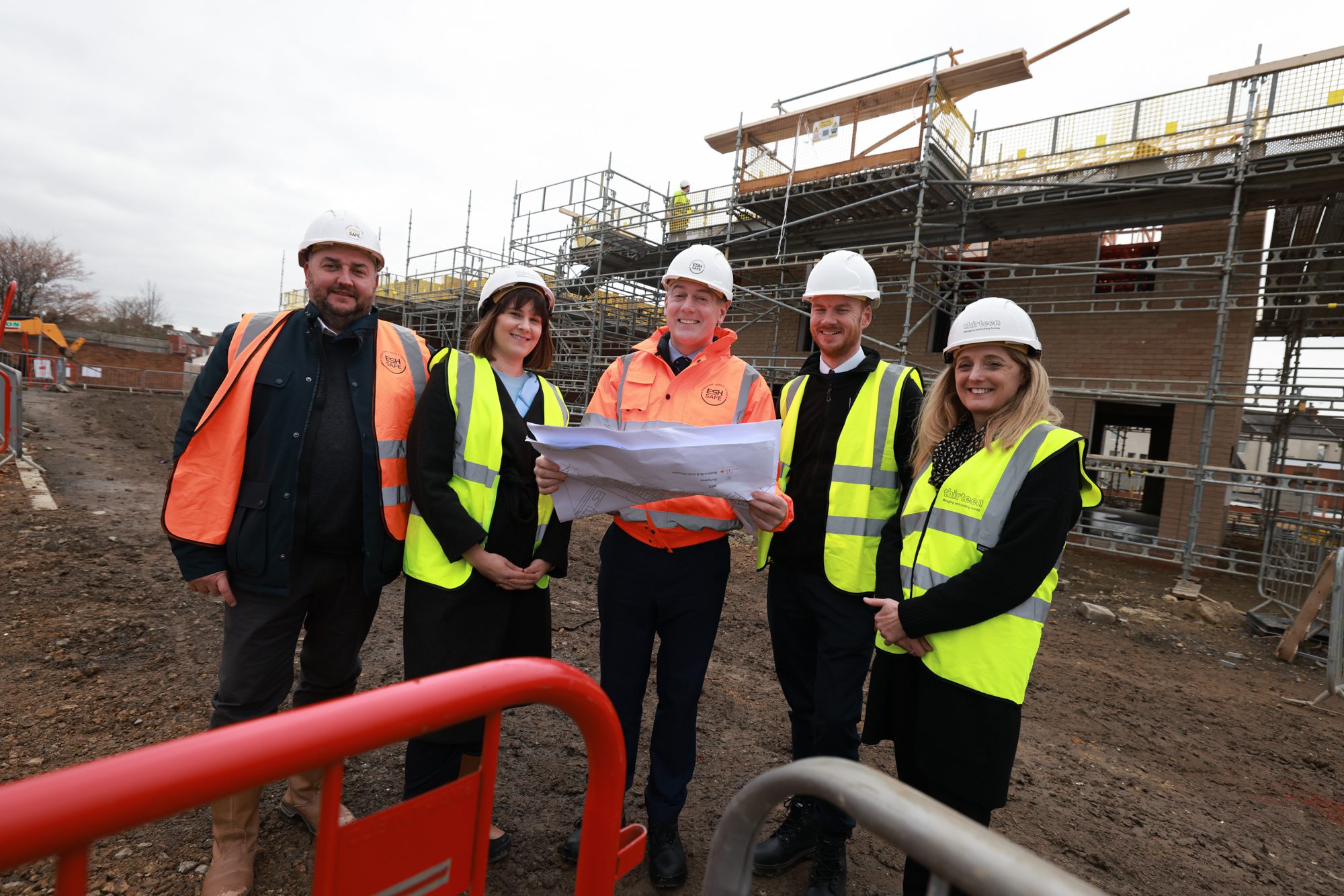Over 1,100 Private Rented Homes Have Dangerous Damp and Mould

Local councils in England have found 1,106 private rented homes with dangerous levels of damp and mould in 2021-22, according to research by Generation Rent. Housing Industry Leaders explores the findings and discovers what councils are struggling the most with damp and mould.
Under the Freedom of Information Act, Generation Rent asked 115 councils in England representing just over 3 million private renter households, or 64 per cent of the total private renter population, about their enforcement of housing standards. This included mould and damp and other severe Category hazards.
The 65 councils which reported a breakdown of complaints had received 60,849 complaints about standards in rented housing, including 8,048 complaints about damp and mould.
A total of 69 councils reported a breakdown of hazards and found that 7,695 Category 1 hazards in private rented housing, including 8,048 complaints about damp and mould.
What Councils Have The Most Damp And Mould Complaints?
It was found that the councils with the highest complaints relating to damp and mould were Wolverhampton with 69 per cent, Salford with 60 per cent, and Swindon with 50 per cent.
Councils that found damp and mould to be the largest hazard type were Bath with 70 per cent, Greenwich with 58 per cent, and Brent with 44 per cent.
When councils find Category 1 hazards, they are supposed to issue the landlord with an improvement notice, which protects tenants from a retaliatory Section 21 eviction, and allows them to claim back rent if their landlord fails to fix the problem.
However, while 81 councils had identified a total of 9,033 Category 1 hazards, they issued just 2,179 improvement notices, meaning that private tenants had a 24 per cent chance of getting formal protection if their home was found to be unsafe to live in.
The Government And Landlords Must Take Tackling Hazards Seriously
Alicia Kennedy, Director of Generation Rent, explained that it is essential for the government to make tackling damp and mould a key priority: “Too many renters are living in homes with dangerous levels of damp and mould, which can cause respiratory diseases and damage personal possessions.”
The government needs to take the issue of mould and damp in privately rented homes far more seriously.
She continued to express that it is the landlords’ responsibility to ensure that they are putting the health and safety of their tenants first: “Landlords, whether they are huge housing associations, or an individual letting out their former home, have one job: to provide their tenants with a safe home. Too many try to dodge their responsibilities by blaming tenants or serving a no-fault eviction notice.
“Without action to protect tenants in their homes and hold landlords in both sectors accountable for the safety of their properties, thousands of people will continue to live in homes that are making them ill.”
The UK Government has committed to abolishing Section 21 and requiring landlords who wish to evict to provide legitimate grounds for eviction.
Landlords must also join a new ombudsman and meet a Decent Homes Standard. Ministers have promised the Renters Reform Bill when parliamentary time allows.
How Is The Government Making Resident Safety A Priority?
The UK Government is making residents’ health and safety a priority and has released a document setting out the findings from the registration section of the consultation on the new safety regime for occupied higher-risk buildings.
As part of the new regulatory requirements, the UK Government are introducing a safety case regime to oversee the management of building safety risks in high-rise multi-occupied residential buildings.
This new approach will provide greater assurance that risks have been assessed and proportionate steps are in place to manage them on an ongoing basis, ensuring that residents are safe in their homes.
Under the new regime, the principal accountable person and the accountable person will be required to assess building safety risks, take all reasonable steps to prevent such a risk materialising and limit the impact should an incident occur. The steps taken by the principal accountable person or an accountable person will need to be in line with prescribed principles.
Information relating to the assessment and management of building safety risks will make up the safety case for the building, which will need to be stored in the golden thread of information. A summary of this information must be presented to the Building Safety Regulator in the form of a safety case report.
These safety case reports will be reviewed by the Building Safety Regulator as part of a principal accountable person’s applicated for a building assessment certificate.
In addition to this, under the new regime, it is proposed that principal accountable persons and accountable persons must take all reasonable steps to ensure they have effective measures in place to manage building safety risks.
The aim is to ensure an incident involving building safety risks doesn’t occur, and if one does the impact of it is minimised.
Principal accountable persons and accountable persons under the revised regime will be required to ensure appropriate layers of protection are in place for life-saving purposes, establishing a holistic system, with numerous preventative and protective barriers.
Residents Will Have A Key Role In Keeping Their Buildings Safe
Residents and leaseholders should be safe and feel safe in their homes, to support this, the UK Government is introducing a set of specific residents’ voice requirements that will ensure all residents are informed about building safety, are engaged in discussions about safety, and are empowered to challenge unsafe decisions.
All residents will be kept informed about the safety of their building and will receive safety information. Also, residents will be able to request further information from the accountable person who is responsible for the part of the building in which they live.
To ensure that residents are engaged in discussions about safety, the principal accountable person must establish a residents’ engagement strategy and a system for investigating relevant complaints.
Residents will have a role to play in keeping their buildings safe, with the Act placing safety-related obligations on residents to help them to play their part.

